After the birth of the baby and the overwhelming feelings, we feel when we hug the babies; we immediately begin to worry… Most of.
We want to know the Apgar score (also known as the acronym psychiatrist Virginia Apgar developed: appearance, pulse, grimace, activity, and respiration).
And may wonder whether a child can open your eyes or we get enough milk for our jewelry…
In addition, if you want to know; our child can provide the opportunity to change all indicators of development.
We accept that in spite of all that we do; youngsters will even now not have the option to stay aware of what we read in this accursed article on the Internet.
However, as for the development of young children; there are some lags that are considered “normal”.
Notwithstanding, with respect to the improvement of little youngsters, there are a few slacks that are considered “ordinary”.
These are typical parameters set by the pediatric Association that can be brought about by outside and inner variables identified with the kid’s condition or wellbeing, and they ought to have the option to squash the youngster in poor quality lodging so he can keep on looking strong when he knows the walk.
What is the usual reason for the delay in tracking a child? But who was the Father? Similarly, why should we be concerned?
There is a warmed discussion about in the case of slithering is essential to a youngster’s improvement; however, most specialists concur that the kid needs to avoid this stage completely.
This does not mean that they will not restore this power later in their development.
Felice Sclamberg, a pediatric occupational therapist at NYU Medical school; said: “children need to be activated all the time to maintain their weight; so they need to be able to hold their hands, wrists, elbows, and shoulders.”
As a parent your child cannot crawl; there is a normal reason not to worry. But there’s a reason your baby doesn’t crawl at a certain age; which requires more attention.
15. Baby Legs Are Bent Inward.
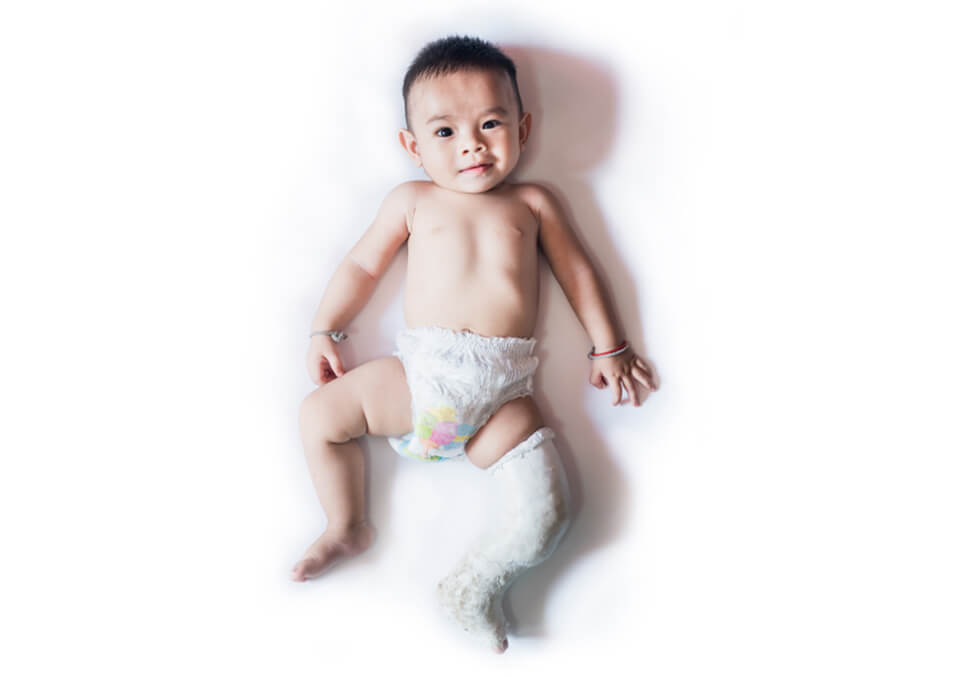 Before the child starts the mobile phase, there are some things that parents should keep in mind, curved legs are one of them.
Before the child starts the mobile phase, there are some things that parents should keep in mind, curved legs are one of them.
In some cases, the child may be born with slightly bent inside legs. As a result of the tightness in the womb; the baby only begins to gradually stretch for weeks and months after birth. Accordingly, this phase, which doctors call “unfolding”.”
If natural expansion does not occur when you are ready to roll over on your stomach; you may be discouraged for your baby and you may have a tendency to kneel.
Follow These Steps:
Choose a child’s leg and look at the plant. It is ordinary that the front of the foot is marginally bent.
Hold the impact point of the kid’s foot with one hand and tenderly pull the front of the foot in a straight position.
On the off chance that the legs are effectively rectified with a slight stretch; the ebb and flow are viewed as ordinary and self-redressed inside a couple of months.
To straighten your legs, stretch each diaper change and minimize the position of the fetus.
If the bone is flexible; the doctor can gently pull the foot into a straight position. In progressively uncommon cases; the bones might be hard and require extra treatment from a pediatric orthopedist or physiotherapist.
14. Baby Legs Too Flat.
Another physical disorder that can delay a child from crawling, and eventually even standing; is related to the shape of the child’s legs.
Child level feet are more typical than we might suspect, yet “flapjack base” feet aren’t really long. Actually, kids should begin framing curves at three years old.
Since your baby’s ankles can be bent inward as it develops; it is important that your baby’s ankles are very flat on your toddler.
What should be possible: treatment is for all intents and purposes not required; aside from the most serious cases that the specialist can distinguish.
Treatment is rarely prescribed until the age of three. If a child continues to have very flat feet for the years of his or her young child; an orthopedist will give him or her severe shyness if he or she experiences discomfort with him; which usually occurs between about three years and seven years; with orthopedic appliances.
Treatment can limit leg torment just as the decrease in the danger of future bone and joint disfigurements.
13. There’s Not Enough Tummy Time.
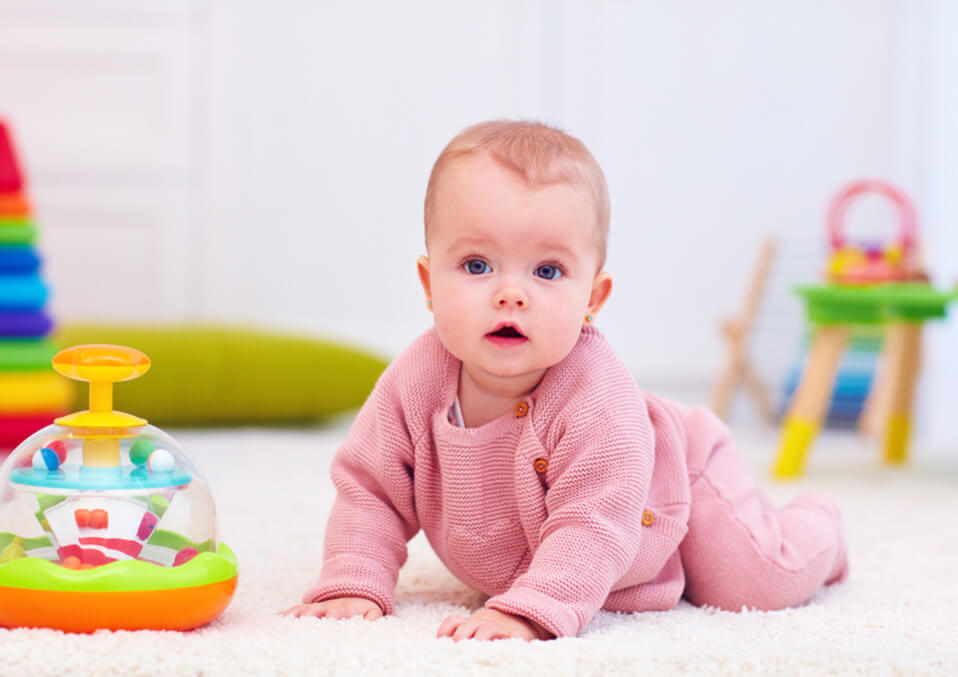 Belly time is an issue! Truth be told, not getting enough is viewed as the primary motivation behind why the infant’s creeping stage might be deferred.
Belly time is an issue! Truth be told, not getting enough is viewed as the primary motivation behind why the infant’s creeping stage might be deferred.
According to development professionals; pulse babies to sleep on their backs to reduce SIDS( sudden infant death) was supported by health organizations throughout the world; in fact, back muscles and arms are tied to a fairly weak child for decades; this rescue exercise is also a great change in the physical development of infants over the past decade.
As a result of the” head to sleep ” battle, an expanding number of youngsters never creep or move straightforwardly from sitting to babies.
Be that as it may; an examination by Eunice Kennedy of the Shriver Institute for kid wellbeing and human improvement in the US consoled their folks…
There seems to be no medical outcome for this developmental change. The child is normal in all cases.”Otherwise, they sit down and walk at the same time as usual.”
A study published in the journal Pediatrics found that children who slept with their faces up had a double chance of not crawling, but were able to crawl all the time; whether they slept or not.
What you can do: keep the baby on its back while sleeping, but encourage the baby as long as possible when it is awake.
12. Baby Is a Non-Crawler.
In light of the reduction in tummy time between sleep and NAP, we encourage parents to practice; many children are born as unrelated guardians; some children in addition to this in them are ready for further study.
Actually word related specialists consider creeping to be the foundation of their tyke’s physical improvement, however, since not all kids slither, it is really observed as an achievement in their lives.
In fact, this is considered a problem only after a certain age, and only if the child constantly loses mobility.
It can be stressful for parents when they have a lot to worry about, but doctors are very reassuring; letting their children know it’s good for them if they don’t get up and most of the time they don’t get up and crawl at 10-12 months.
What you can do: watch your child’s movements carefully and encourage them with simple exercises.
If you are in contact with a doctor; it is less likely that you will track or have fun 10-12 hours a day.
Read Also:
- All About Baby Crawling: Get, Set And Crawl.
11. The Child Has No Chance To Try.
 If you still don’t know what our baby is doing; be sure to give yourself a chance to raise your muscle loss with the strength of your movements.
If you still don’t know what our baby is doing; be sure to give yourself a chance to raise your muscle loss with the strength of your movements.
For example, in a family where there are older siblings or grandparents; you can actually pick up a child more than you need. When the baby cries, they pick it up.
The child raises his hands and raises them. The kid wants a certain toy and gives it to him.
Encouraging a child to start doing small things for themselves; also reduces the confidence that he or she can accomplish certain things for themselves; and the ability to continue bringing their favorite toy to the child or pick up the child for some reason.
In addition, parents are afraid of SMSL; so some even refuse to turn the child upside down when he wakes up.
This is significant, provided that the child does not utilize time topsyturvy; he will cry, and the mother will quickly turn him on his back. Parents are reluctant to force the child to eat when the baby can not be harmful.
Movement and vibration focuses have additionally decreased the open doors for youngsters to create muscle quality; just as the time kids spend in a vehicle seat or baby buggy.
What you can do: give the baby time on the tummy; control and shorten the time the baby spends in the arms of an adult, or you can move alone.
10. Child’s Identity.
Everyone knows the peace and relaxation of people, right? Are you always late or are you in no hurry to go somewhere? Instead of getting ready to go out in the morning, who always has a book on hand?
This is the personality trait with which we are born and remain with us in our adult life.
These are babies who start moving following a month contrasted with infants; which specialists characterize as”Hyper” or” engine ” babies.
Positive moments askdrsears.com in fact; these are children who, as a rule, faster to reach the visual and social milestones.
What you can do: you can’t change a child’s character; but you can provide a safe and stimulating environment such as listening to music, a baby for older children; and even simulate crawling behavior.
9. The Weight Of The Baby.
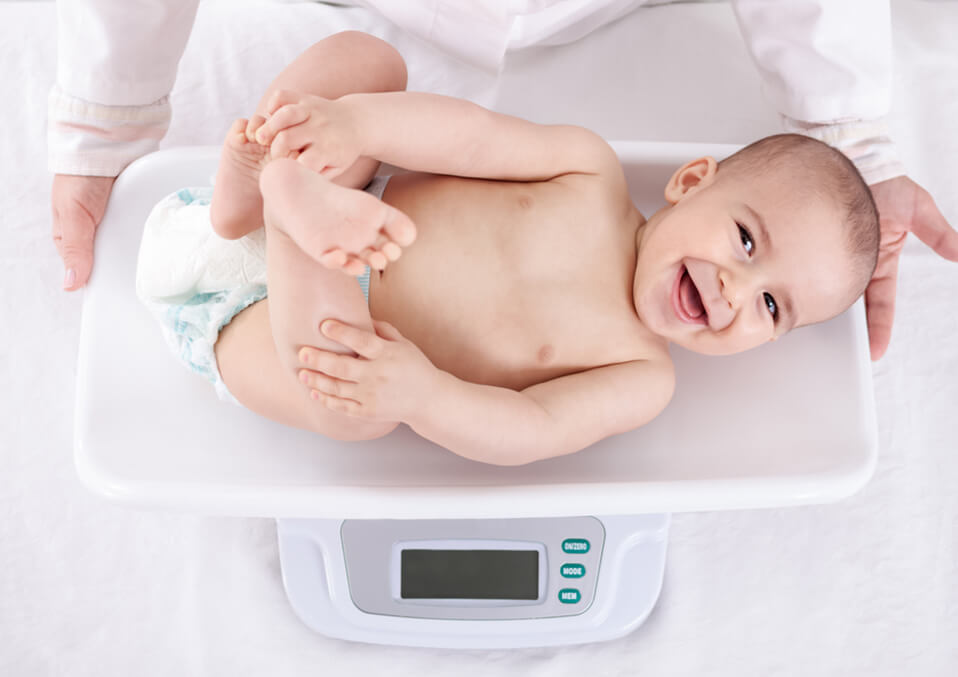 A doctoral end study led by understudies of sustenance the study of disease transmission at the University of North Carolina; distributed in Pediatrics; reasons that ” [weight] The child can turn, crawl or slowly overcome another important physical ability.
A doctoral end study led by understudies of sustenance the study of disease transmission at the University of North Carolina; distributed in Pediatrics; reasons that ” [weight] The child can turn, crawl or slowly overcome another important physical ability.
“The weight table used was the standard weight according to the length of U.S. centers for disease management. Well…
Megan sling and his team evaluated 215 children up to 18 times of age and 152 of overweight children 20%(31)detained their motor skills.
The team also found 75 babies with a high average fat content on the skin of the abdomen, forearms and upper back, 23 percent (17 babies) had late motor skills.
In conclusion: motor skill delay can be twice as long for overweight and overweight children than for”normal” weight and fat; such as being unable to sit continuously for 30 seconds.
It seems logical that the more the child weighs; the more difficulties he will have in mobility and movement; the more weight he will be off the Ground.
What you can do: play with it; move your favorite toys and objects at a moderate distance from it, which will encourage the child to move.
8. Children’s Clothing Is Not Comfortable
It is legitimate to expect that on the off chance that you wear awkward garments; your versatility will diminish. If it onesie too tight or too loose socks; he or she feels comfortable and confident in their movements.
One of the obstacles is not moving the baby’s progress if the diaper. Why us? Its gonna be a lot easier, right? Well, according to one study; the diaper introduces volume between the legs, which can worsen poor balance and broad posture of the baby.
A study published by the National Institutes of the health of the American University.
He found a connection between baby diapers and the effect they have on crawling and; ultimately, the development of walking.
In research.”,.. Diapers cause an immediate decrease in the child’s gait… [Not only.].. Current work cannot decide whether these real-time changes will affect more permanent development”
Research continues to suggest that it is better to put a baby on a cloth diaper than to put a baby on a disposable diaper.
What you can do: ensure the child is wearing agreeable garments that you can move effectively and he will snatch it with his toes.
Give the tyke a chance to slither exposed for a couple of minutes daily to invigorate more prominent versatility.
Read Also:
7. Movements Of The Child In Other Ways.
The most common thread in all pediatric findings and published studies of child mobility is that if a child is mobile in ways other than crawling on four legs; it will be delayed.
Truth be told, the chase isn’t for the Denver formative screening test, an instrument utilized by pediatricians in the United States. Well… Measure your tyke’s advancement.
By and large, there is nothing physically amiss with slithering with a kid toward the part of the arrangement year of life.
So if the child moves differently; it should not be a cause for concern.
Another way is that the child moves in a much more clownish way:
- Sit without falling
- Stratification
- Slide in the ass with one or both legs
- Push-UPS from the belly (as in push-UPS)
- Stretch your hands
This can be stimulated by other things; such as figuring out what the child is fingering or seeing what happens if he pushes the ball.
Pediatrician, Dr. Ali darker, MD, and writer of Baby 411: compose an unmistakable answer and brilliant guidance for your tyke’s first year: “achievements.”
What you can do: if you notice your baby is not moving, stretch out your legs; hold him or your baby when all four legs are around.
6. Child Was Born Prematurely.
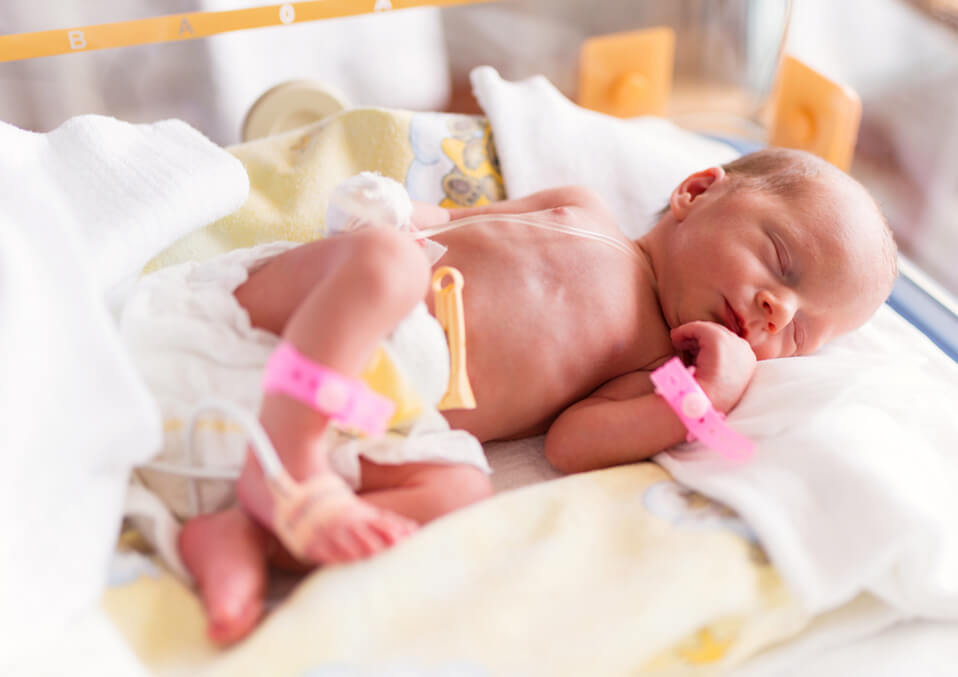 The first longitudinal study was carried out in conjunction with the Royal Foundation of Australia; the hospital concluded… Babies conceived from moderate to late stages have a lot higher paces of formative postponement and conduct delay than recently suspected; contrasted with full-term births. 32-36 weeks things three times can cause tongue and motor delay.”
The first longitudinal study was carried out in conjunction with the Royal Foundation of Australia; the hospital concluded… Babies conceived from moderate to late stages have a lot higher paces of formative postponement and conduct delay than recently suspected; contrasted with full-term births. 32-36 weeks things three times can cause tongue and motor delay.”
The differences from previous studies mainly focus on babies born 32 weeks ago. This is because babies born after 32-34 weeks tend to be healthier and less age-related studies have been done.
In fact, the study found that ” those born between 32 and 36 weeks of pregnancy; compared to children born with this term, have more than three times the delay in language development.”
Parents of premature babies know that if they have 13 months, but give birth to three months; the age of their baby is 10 months. In this case, it is better to give the baby two or three months, so as not to crawl to the end.
What you can do: Follow all the tips for a full-term baby, but don’t be afraid to crawl if he’s not ready to move physically.
Here Are 5 Reasons And Problems If Your Baby Is Crawling:
5. The Legs Of a Baby Is Hard(GIPERTONICESKI).
Hypertonus can greatly complicate the movement of the child. Otherwise called the tight child disorder (SBS), hypertension or hyperexplexia, happens when the muscles are exceptionally tense. This is a significant issue since it isn’t just a physical issue yet, in addition, an issue of nerves and cerebrum.
A few infants are brought into the world with extreme child disorder and can’t extend their legs, however, their arms will function admirably. Their bodies can possibly loosen up when they are snoozing. In progressively extraordinary cases, SBS will likewise be hard for the kid to swallow.
In addition, the child may be punched in the hand’s gentle footwear person. Similarly, it can be difficult to free an object and move it from one position to another. Kids SBS can also cross your legs at the gathering.
Fortunately, at this all-around early age, kids have the chance to divert their cerebrum if treatment starts the following determination.
However, it should be remembered that not all children with stiff legs suffer from SBS.
To make good use of the First thing you should do is suspect that your child is suffering from SBS and you can call him. The doctor is likely to refer the child to a physical therapist who works with the child and parents. Treatment can be maintained for the development of the child.
4. The Child’s Foot Is Not Curve Or Weak.
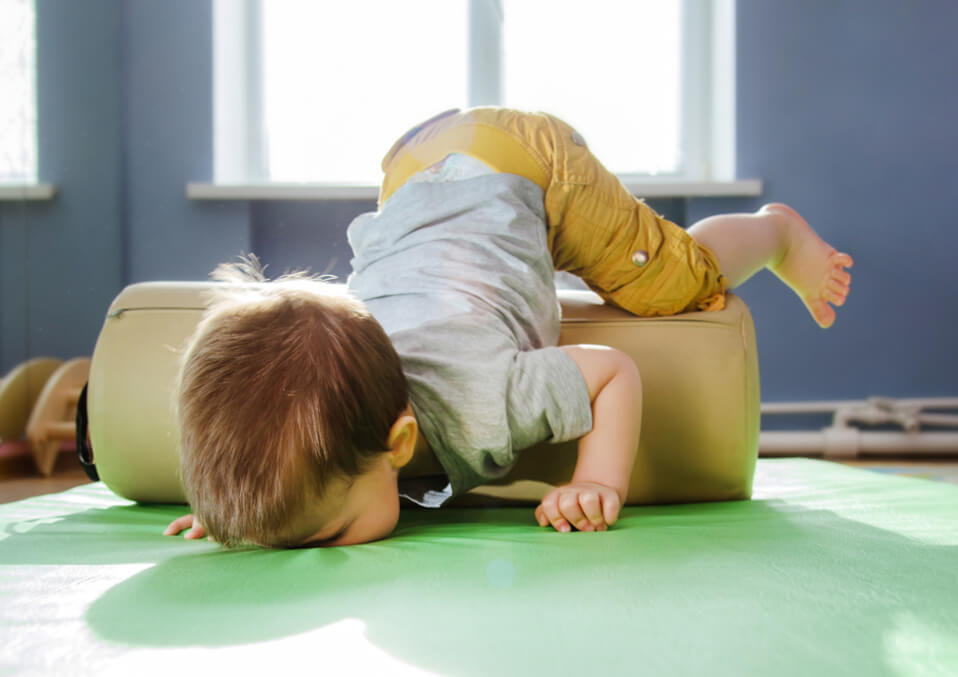 At the opposite part of the arrangement range, you can discover hypotonic infants, otherwise called adaptable infant disorder. What’s more, for this situation not just relies upon the physical quality of the muscles, however regularly it is the Central sensory system or the primary issue of hereditary or solid ailments.
At the opposite part of the arrangement range, you can discover hypotonic infants, otherwise called adaptable infant disorder. What’s more, for this situation not just relies upon the physical quality of the muscles, however regularly it is the Central sensory system or the primary issue of hereditary or solid ailments.
Truth be told, muscle tone ought to be finished with muscle pressure, not equivalent to with feeble muscles. Hypotonic infants usually appear to be “free,” but a child with weak muscles may have difficulty moving his body.
Therefore, even hypotonic, if the baby is not weak muscles.
Read Also:
Regardless, frail muscle tone and absence of muscle tone can counteract the infant to step up to the plate.
What you can do: if you think your child has any problems when you can’t put his face down and put him on the table, or if your child is not progressing in his movements, you need to see a doctor.
3. Baby Can’t Pull Up.
If your child is 12 months old and cannot get up on their own, it may also be due to a lack of muscle strength. Many kids get up and crawl is not always changing.
In some cases, he may Wake up before the baby crawls. Most kids do this somewhere in the range of 9 and a year, yet it can occur as right on time as a half year when the kid can take the heaviness of their legs and ricochet here and there.
If all children develop at different times, but they are too weak to stand up when the child turns 1 year old, there may be a weakness of hip dysplasia or development of the hip joint.
For example, infants with hypermobility or low muscle tone in the joints, as well as infants born prematurely often have some muscle tension that can cross the outer part of the waist… A position that makes it difficult for the child to stand up.”
Well, you can gently withstand the baby for 5 months. Also, you can leave the toy that interests you and you can step up and put your baby in a sitting position next to the sofa. Still not a strong child.On the off chance that you presume your youngster has a hip issue, cause a meeting with a specialist to allude him to an advisor where the issue can be checked and adjusted.
2. The Child Does Not Show Progress.
However, an important factor to consider in the development of the child is a progression, not time, because the greatest fear of parents after the birth of the child, it should be in the milestones of development set by a professional. Thus, truth be told, specialists concur that it isn’t so significant when the child arrives at the achievement.
Babies must first rise from the ground, sit up and crawl and continue to move with support. Finally, he must take his first steps. If the child does not show progression for 2-3 months, it may be something to worry about. In the event that the tyke does not indicate movement for 2-3 months, it might be something to stress over. On the off chance that the tyke goes the other way, at that point skipping roll isn’t an issue.
It is likewise imperative to believe different achievements to be accomplished, for example, fine engine abilities, visual and social aptitudes. They ought to likewise be embraced step by step.
What to do: if a youngster arrives at an advancement level when the person stays 2 months or more, make a meeting with a specialist to evaluate your general advancement.
1. Baby Is Late With Other Milestones.
If the baby has already reached other stages of development but has not yet crawled, it is likely to be great. On the off chance that the baby rolls away from the stomach to the stomach, the baby gets up in a creeping position, becomes a sitting position, and, perhaps, the first time standing, then supports.
If so, is the child progressing with these milestones? What are the signs that the child is not developing normally? Achievements are accomplished on various occasions in a tyke’s life, yet on the off chance that the deferral happened in more than one region, it is a worry.
- By and large athletic performance(as depicted previously)
- Fine engine aptitudes (getting a handle on, controlling items )
- Correspondence and language aptitudes (what happens later being developed: getting language and discourse)
- Self-improvement skills(what happens later being developed: figuring out how to go to the latrine and dress)
- Social aptitudes (playing with others, eye to eye connection).
Dr. Beth Ellen Davis is a transformative pediatrician from Tacoma, Washington. He says language skills (usually in line with motor development) are the best indicator of a child’s developmental delay, but many people, like it or not, are not interested in it. ”
As a rule, kids with joint hypermobility and low muscle tone, just as mental imbalance and danger of underuse, are a significant achievement later than kids without these issues.
What you can do: make an appointment to a pedestrian if you suspect that your child has not reached other important stages of development.
Read Also:
- Why Your Child Or Toddler Wakes Up a Lot At Night?
- When Do Babies Roll Over? Control Them?
- Baby Health: Mandatory Medical Examinations.


